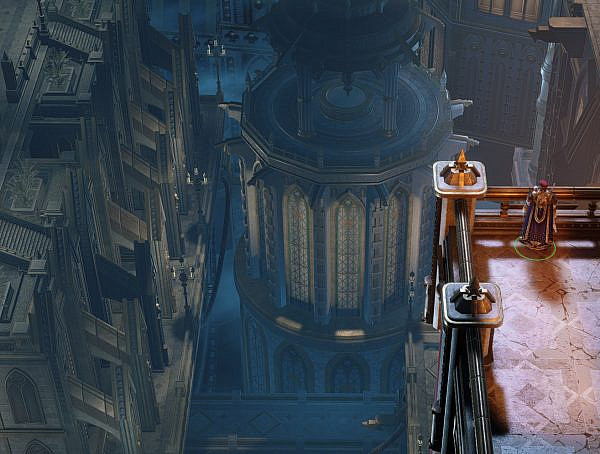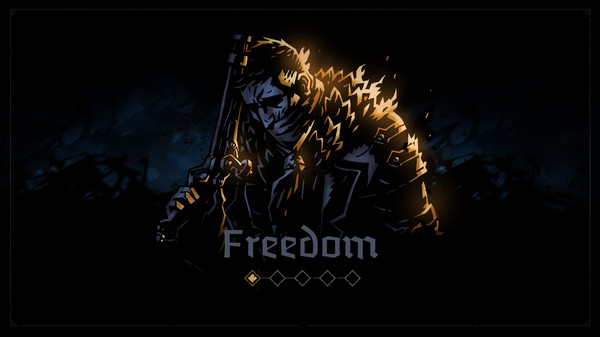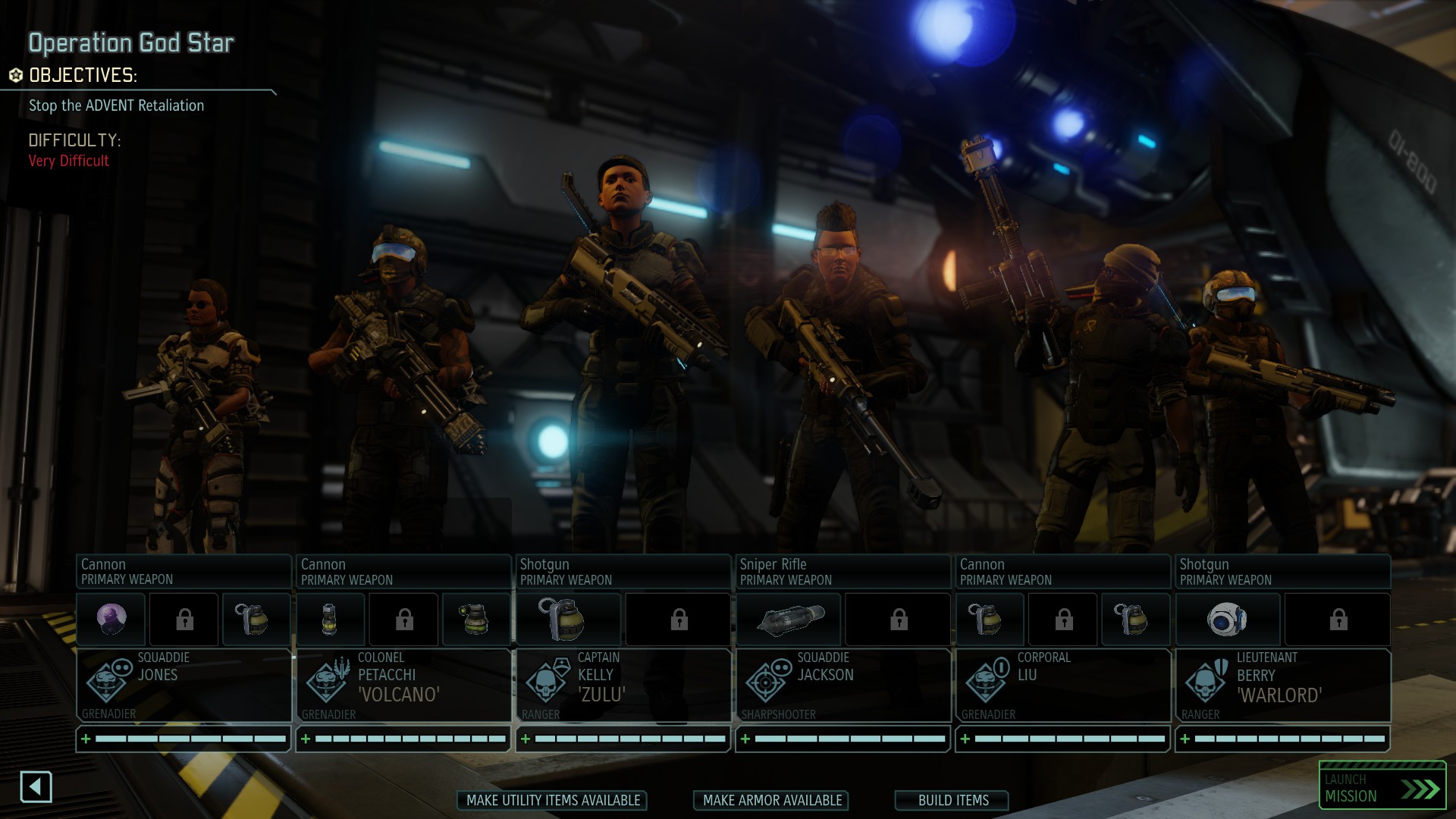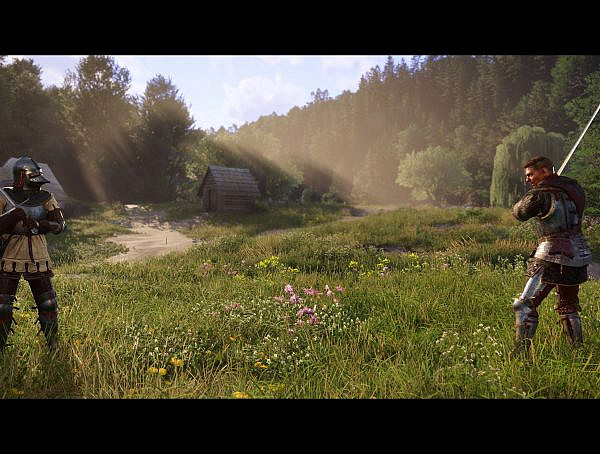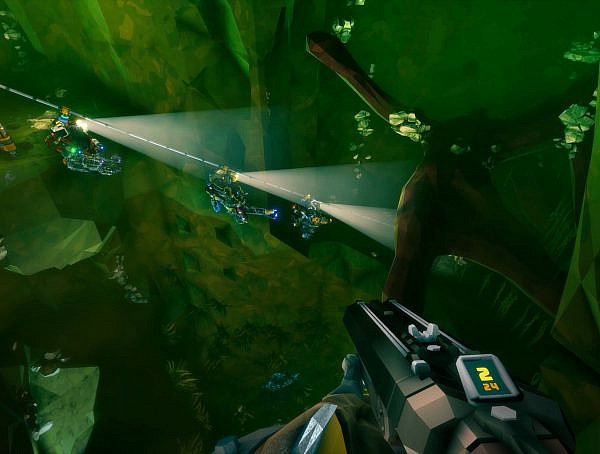Blood Bowl 2 is a turn-based strategy game, and the second installment in Cyanide’s series of video game adaptations of a tabletop game, Blood Bowl. In Blood Bowl, players compete in an extremely brutal version of American football with Warhammer themed setting. Warhammer is a tabletop miniature game with a fantasy setting consisting of various factions warring against each other.
The structure of a single Blood Bowl game is quite simple. Players control the pieces of one team in one versus one setting. The success of nearly every action is defined by rolling dice, which makes calculating probabilities an essential part of one’s success. Failing your rolls generally results in a turnover, so prioritizing your actions should be a crucial part of your strategy. Blood Bowl 2 is not a particularly forgiving game either: certain events can lead to permanent death or injury of your players.
While Blood Bowl 2 has a single-player campaign, it’s confusing, short, and poorly designed. The campaign is a sloppy combination of tutorial and story-mode with a poorly written narrative. You can’t choose your faction, and gameplay mechanics are introduced gradually game by game in such a way that players might create bad habits. The AI opponents are not challenging in any part of the campaign, which could leave new players in a vulnerable position if they choose to take part in multiplayer leagues.
Blood Bowl 2’s gameplay mechanics combine turn-based tactics with strategy in a compelling way, but what mesmerized me was something completely different: team management. Considering that your players are not in any way permanent, you must keep eye on multiple things, such as your money reserves, your team’s value, injuries, and especially the skill choices. Your players gain experience by succeeding in different deeds on the pitch, which leads to skilling them up on certain thresholds. Level ups are done by rolling two dice, with doubles giving certain types of players access to skills that would otherwise be locked.
Leveling up your players enables various strategies for the team depending on the picked skills. If you want to create a strong Blitzer that wrecks through the enemy lines, you can do it by choosing block as the first skill. By choosing pass, you suddenly have a reliable thrower. If you choose guard, you get a solid all-around player that buffs every adjacent ally. Of course, with some luck, you can challenge the meta-game by trying to create something completely unexpected, like an elusive Dwarf Blitzer with dodge or a ball-handling Tomb Guardian with sure hands.
Ultimately, being successful in the team managing aspect is a crucial part of the game. If you desire to win in big leagues, you simply must know how to manage your chosen faction. Luck might occasionally grant you some wins, but well-constructed teams enable you to win championships.
Publisher: Focus Home Interactive
Developer: Cyanide
Platforms: Mac OS X. Microsoft Windows, PlayStation 4, Xbox One
Release date: September 22, 2015
Genres: Sports, turn-based strategy
PEGI: 16
Credits:
Both pictures are in-game material taken by the author
You might also like
More from Game Reviews
Kingdom Come: Deliverance II – A Sequel Worthy of a Knight
KCD II delivers a living, breathing medieval roleplaying game to its players. #RPG, #kingdomcome, #openworld
Moncage Review: A Puzzle Game with Mind-Boggling Optical Illusions
Solving a huge #optical_illusion #puzzle in a tiny cube to discover a dark, #emotional story of trauma
Mining, Mayhem, and Bugs: A Deep Rock Galactic Review
Fight monsters, mine riches, and cause chaos with your dwarf crew — welcome to Deep Rock Galactic!









